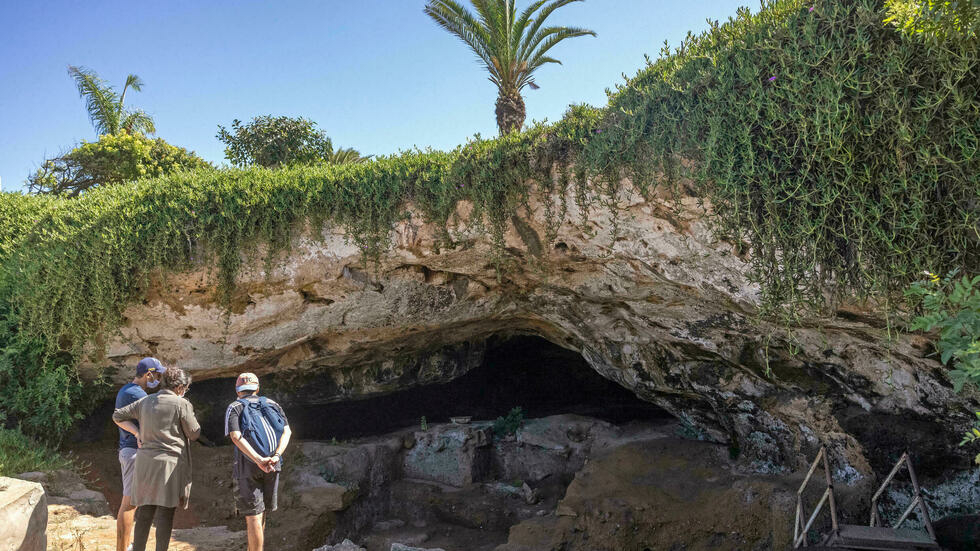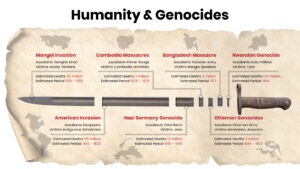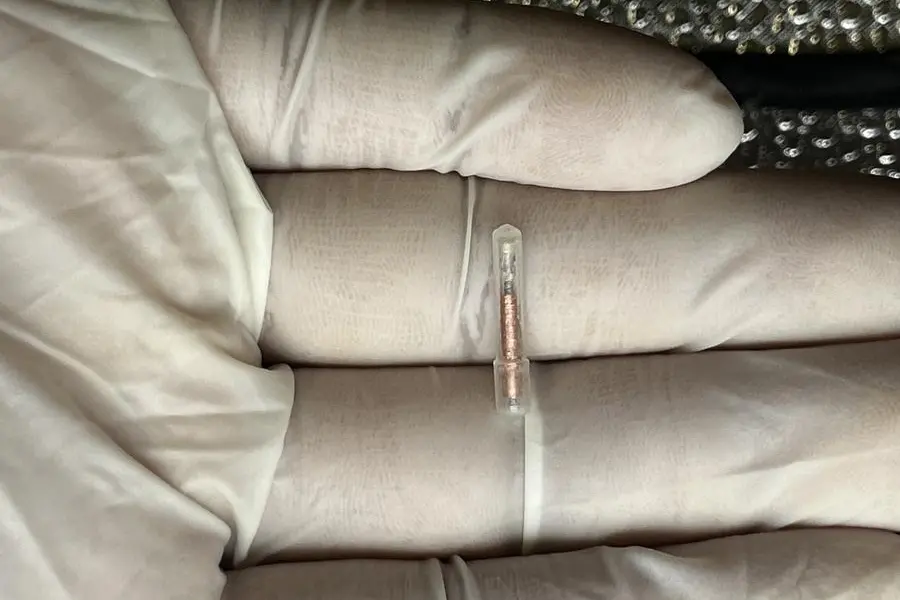Archaeologists in Morocco have identified clothesmaking tools fashioned from bone dating back 120,000 years, the oldest ever found, one of the researchers said.
“It’s a major discovery because while older bone tools have been found elsewhere, it’s the first time we have identified bone tools (this old) that were used to make clothing,” Moroccan archaeologist Abdeljalil El Hajraoui said.
The international team discovered more than 60 tools in Contrebandiers (Smugglers) Cave, less than 20 kilometres (12 miles) from the North African country’s capital.
They had been “intentionally shaped for specific tasks that included leather and fur working”, the team wrote in a study published in the journal iScience.
The discovery could help answer questions on the origins of modern human behaviour, said El Hajraoui, a researcher at the National Institute of Archaeology and Cultural Heritage (INSAP).
“Sewing is a behaviour that has lasted” since prehistory, he told AFP.
“Tools like those discovered in the cave were used for 30,000 years, which proves the emergence of collective memory.”
The iScience paper predicted that “given the level of specialization of the bone tool material culture at Contrebandiers Cave, it is likely that earlier examples will be found.”
The team also discovered living spaces dug into the ground or built in the cave, as well as perforated seashells apparently used as ornaments.
“This was a cultural evolution that still needs study,” El Hajraoui said.
Morocco has been the location of a number of significant archaeological findings, including on Wednesday when the country’s culture ministry announced that researchers in a cave near Essaouira, about 400 kilometres southwest of Rabat, had discovered a collection of about 30 shaped marine snail shells dating back as much as 150,000 years.
In a statement, it said they were “the oldest ornaments ever discovered”.
That followed an announcement in July when archaeologists revealed the discovery of North Africa’s oldest Stone Age hand-axe manufacturing site, dating back 1.3 million years.
The find pushed back by hundreds of thousands of years the start date in North Africa of the Acheulian stone tool industry associated with a key human ancestor, Homo erectus, researchers on the team told journalists in Rabat.
In 2017, the discovery of five fossils at Jebel Irhoud in Morocco, estimated at 300,000 years old, overturned evolutionary science when they were designated Homo sapiens.








